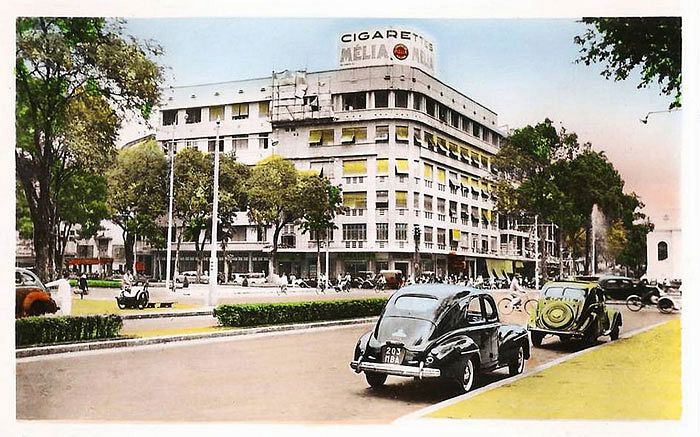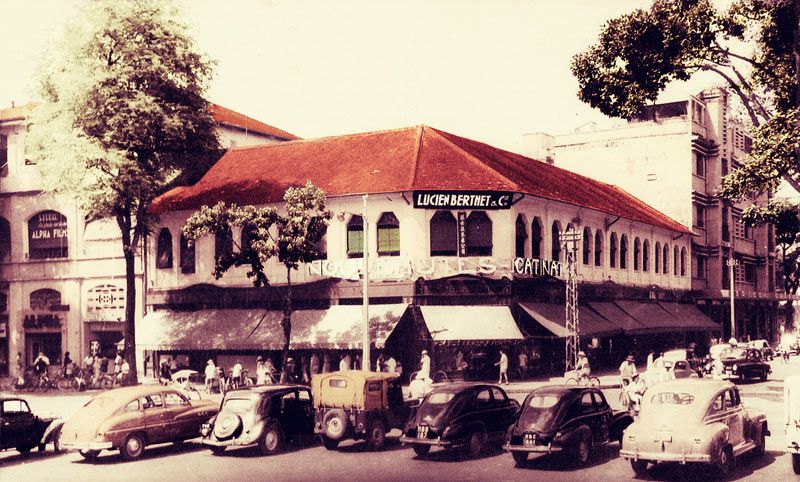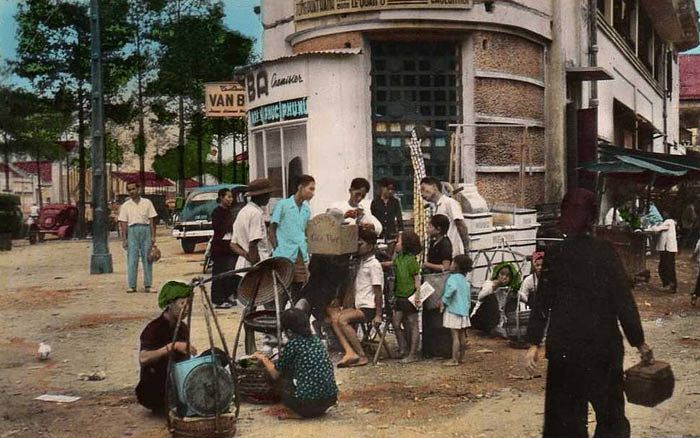Hai Thuong Lan Ong is one of the most influential figures in the history of traditional Vietnamese medicine.
Born on November 12, 1720 in northern Hung Yen province, the man who would one day earn a reputation as the “Father of Traditional Vietnamese Medicine” grew up in an age of great political turmoil.
Lan Ong, then known as Le Huu Trac, was the seventh child of Le Huu Muu and Bui Thi Thuong. His family comprised a long line of scholars and mandarins, however at a young age Trac abandoned his studies in favor of joining the military. The young man’s army stint lasted until 1746 when his brother passed away. With no one to care for his ailing mother or his nieces and nephews, Trac sought permission to leave the military and head for his mother’s hometown in what is now Ha Tinh province.
Permission was granted, and so Trac set off for Ha Tinh. Unfortunately, however, he brought company with him: thanks to his time in the military, the young man had contracted a few illnesses himself, which he then passed on to his family and other residents in his mother’s village.
Eventually, a man by the name of Tran Doc came to town. Widely regarded as an expert due to his extensive studies of plants and medicinal remedies, Doc managed to cure Trac of his ailments while also teaching him everything he knew about traditional medicine. The young man himself went so far as to build a house near the woods and take a new name: “Lan Ong”, or “lazy man”. Trac dove in to his medical studies, wandered the forest learning of new plants and very soon became an expert himself. Three years after fully committing to the study of traditional medicine, nearly everyone in his mother’s village was illness-free.
Over the course of his 40-year career, Hai Thuong Lan Ong continued to study and practice medicine at the same time, eventually becoming well known in Nghe An province. The doctor’s studies included not only traditional Vietnamese remedies but also the knowledge of traditional Chinese medicine as well as the home remedies of the country’s ethnic minorities. Ultimately, Lan Ong is responsible for the discovery of 305 additional medicinal herbs as well as over 2,850 remedies.
All of this information was then compiled into Lan Ong Tam Linh, a series written by the doctor which included 28 volumes of medical knowledge. Today, Lan Ong Tam Linh is a lesser-known story of Lan Ong.
But perhaps a lesser-known story of Lan Ong of Lan Ong relates to his personal life. At 62, the doctor had become a prominent medical expert. Word of his abilities spread across the country, and he was eventually called upon to travel to the capital and provide medical treatment to the Trinh Lords.
En route to Hanoi, Lan Ong decided to stop over in his hometown in Hung Yen province. In 1782, after over 40 years away, the doctor returned to find that the woman to whom he had promised his hand in marriage before heading off to the military was still there, waiting for him. In the meantime, of course, the doctor had got married and had a few kids, assuming his betrothed would one day give up and do the same.
Instead, the woman remained faithful; though she’d had other suitors, she insisted that she was already spoken for. After a few decades of waiting, she cut her hair and became a nun but never forgot her husband-to-be. Lan Ong was tormented by this news; nearly a half-century ago, they had made a promise which she kept and he did not. Full of regret, Lan Ong paid a visit to the woman and offered to take her back to Ha Tinh and care for her as a sibling. She declined the offer but said he could buy her coffin; Lan Ong obliged. As he continued his work, the doctor never forgot about his former fiancée.
Today, District 5’s Hai Thuong Lan Ong Street is fittingly known as “traditional medicine street”, where shoppers can purchase the ingredients for home remedies, bringing Lan Ong’s expertise into the 21st century.















